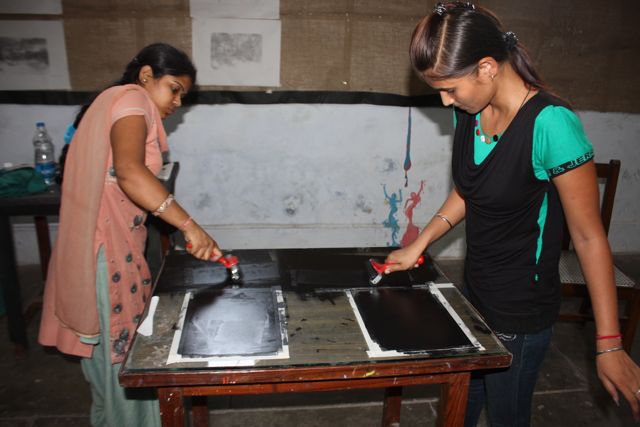Art History Grounding
All of our classes draw from ideas, inspirations and teachings by artists both old and new. We reference artworks throughout the class to enable students to visualise and experience different approaches to drawing. This will not only feed into their practical ideas, but also their knowledge of history and culture.
Breaking Down Observation
By breaking down observation, the students become aware of what it is that they are looking at and then how to handle each element with their drawing tools.
Classes are often focused on a specific area of visual observation (for example: light, colour, motion, space, shape, texture), exploring each element in depth and then how they fit back together again as a whole. Once a basic grasp of an element has been achieved, then it can be explored further.
 Different Media
Different Media
We keep students experimenting with different drawing media to help them understand the possibilities and limitations of certain tools. They have the opportunity to expand their range of mark-making by working with media that may be new to them.
Students learn which drawing tools lend themselves to certain ways of working; for example, those that are bolder, softer, faster or more detailed. They then learn how those qualities affect the desired outcome in feeling, atmosphere or in the communication of a particular idea.
We also cover the relationship of drawing with other techniques such as printing, painting, animation, collage and sculpture. These different techniques can help to illustrate various ideas and approaches to observation; for example, animation can aid an understanding of space by looking at how something moves through that space. Exploring different techniques can aid students who are considering their area of specialisation for university.
Imagination in Combination with Observation.
The ability to realise imagery from the imagination is strengthened by working from observation. Understanding how to reference the world around us can be an important tool.
We will bridge the gap between imagination and reality to help students communicate invented imagery that is believable. They will learn how to draw inspiration for imaginative work by looking more deeply into our perceived reality.
